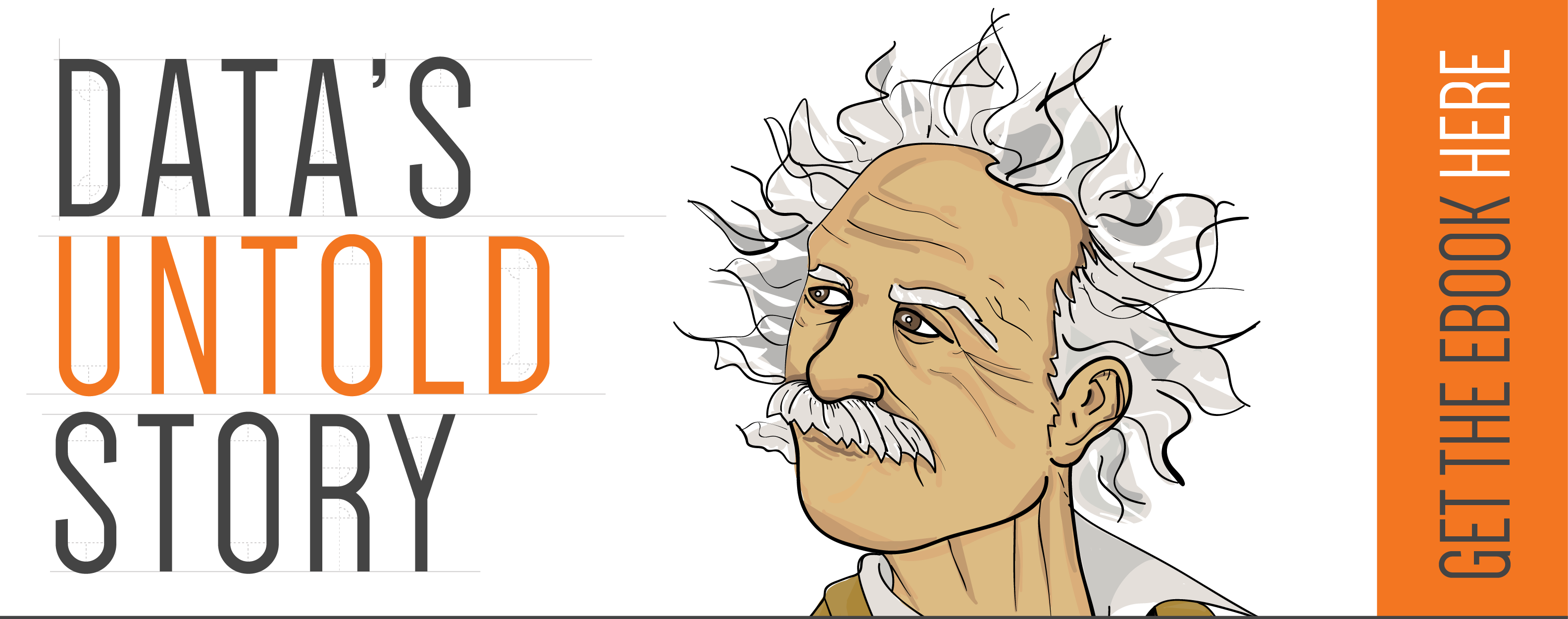It’s not news that businesses that use data get better results. But while we know this works in business, it’s still rare to see analytical rigor applied in an area like charity. This seems short-sighted. If businesses that use data see 33% more revenue and 12x profit growth, what kind of impact could data have in the work of helping humanity?
If you’re a certain kind of data nerd with aspirations of making the world of better place, you create a charity like GiveDirectly. Two friends pursuing advanced degrees in economic development at Harvard and MIT founded the organization in 2008 when they were looking for the best ROI for their own donated money.
GiveDirectly does something pretty radical for a charity: it raises money, and then gives it away to poor people in Kenya and Uganda. No strings. No requirements. Very little overhead.
Why does GiveDirectly throw out the traditional model?
Most charities don’t just give away money. They provide a thing or a service: clothes, medicine, school supplies, agricultural education, a cow, mosquito nets, food, a modern well, pastoral care, vaccinations, a schoolhouse – the list is as long as the need is deep.
GiveDirectly, however, believes that the people best equipped to choose what will help poor people are the people themselves. Giving people the freedom to make their own choices eliminates the paternalism of saying “we know best what you need.”
There are common objections to handing out money. Donors aren’t used to writing a check without being able to see what it is going towards. Some believe the money will be wasted – drunk away, gambled on bad investments, or become the source of an argument that tears a family apart. It feels unsafe.
GiveDirectly believed it had the right model, but the founders knew they needed to test their hypothesis. Potential donors would need to see demonstrated successes to feel comfortable contributing to a non-profit with such a novel approach.
Time to design a study and start collecting data.
Step 1: Experiment Design
GiveDirectly chose to work with populations in Kenya and Uganda both because of blatant need and because of a banking system that allows money to be sent cheaply via text message. Like much of the developing world, these areas don’t have the infrastructure that’s required for traditional phone service, but most households have an inexpensive cell phone.
GiveDirectly texts money, about $1000 per family, over a period of about two years. Then they track what happens with it. People are buying a great variety of things to meet their needs. Many families are replacing their expensive, maintenance-heavy grass roofs with a new iron one. Some are starting microbusiness — selling household products, milling grain, or using a new motorcycle for a one-man taxi service. Some people are able to save money for the first time, allowing them to experience a new level of security.
Step 2: Data collection and analysis
GiveDirectly teamed with Innovations for Poverty Action to conduct randomized controlled trials. Approximately 1,500 people were included in the study. The control group received no money, and the test group got an average of $500. Both groups were tracked over a period of 9 – 12 months. IPA didn’t just watch for what happened to the cash — they asked thousands of questions and measured key health indicators. The numbers weren’t just good, they were excellent:
The study found that transfers from GiveDirectly have large, positive, sustainable impacts across a diverse set of outcomes, including:
- Assets, with recipients increasing asset holdings by 58% primarily through investments in livestock and home improvements (including iron roofs)
- Business and agricultural income, with income gains implying a 28% annual rate of return on transfers
- Expenditures, with increases in nearly every category, but not tobacco, alcohol, or gambling
- Food security, with a 42% reduction in the number of days children go without food
- Mental health, with large reductions in stress and depression and increases in life satisfaction, as measured using validated psychological scales
Furthermore, money was not wasted. There was no evidence that families were spending away a greater proportion of their income on temptation: tobacco, alcohol, or anything otherwise “immoral.”
The human side of data
GiveDirectly is pioneering the field of scientific, data-driven charity. They’re unafraid of using the same quantitative tactics that have brought us sterile operating rooms, crop rotation, and the heliocentric model of the universe. And they’re achieving results.
Changing the entire field isn’t going to be easy. Traditionally, data-driven and scientific practices aren’t well-accepted within the nonprofit space, and it will take time for that to change. When approached with a proposal from GiveDirectly, the vice president of Heifer International’s Africa programs declined to study the relative efficacy of the competing approaches. “It sounds like an experiment, and we’re not about experiments. These are lives of real people.”
But that’s exactly why using data, and the scientific method, is so important—people’s lives are at stake. This is too important to leave up to chance and opinion.

